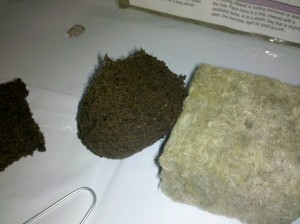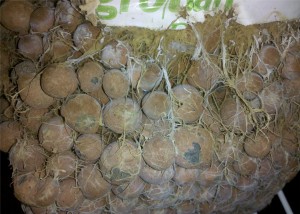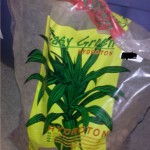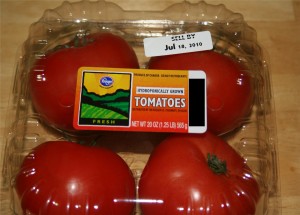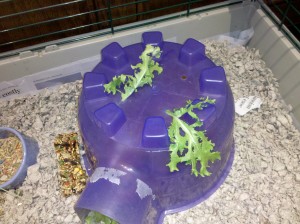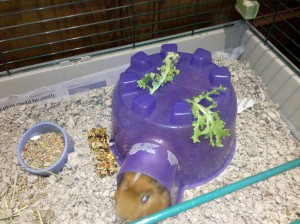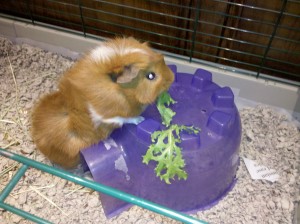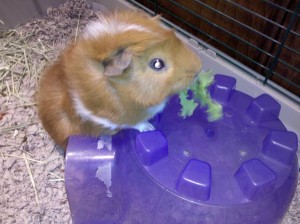
I have heard of many indoor gardeners plagued with broken air pumps. Don’t blame the broken air pump on a poorly built product, blame it on a poorly trained user. Sometimes air pumps won’t turn on after a power outage of some sort. The reason this happens is water is siphoned into the air pump. The water destroys the electrical components and the air pump no longer functions.
There is a preventative measure growers can take to protect their hydroponic garden from broken air pumps. The answer is a check valve. Check valves prevent water from siphoning water into the air pump in the case of a power loss. They are cheap and easy to install. You can find check valves in department stores, pet stores, aquarium stores, and of course hydroponics stores. They are the same type of check valve you put on an aquarium air pump.
Hydro systems with a reservoir should be using an air stone. The air stone is powered by the air pump. Nearly all hydroponic systems including drip systems will need an air pump. A check valve is something everyone should get when ever they get a new air pump.
To install a check valve simply cut air tubing to be secured to both sides of the Check Valve. Make sure to face the valve the right way so air can flow. Check Valve will make your hydroponic system more dependable. Its an awful feeling to lose a good harvest to a hydroponic equipment failure.
Click Here to get your check valves from Amazon.com
